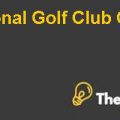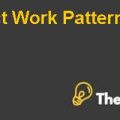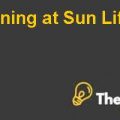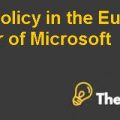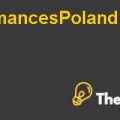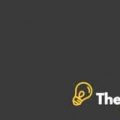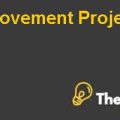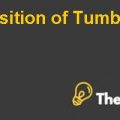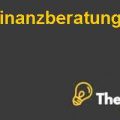
The main issue that Kaya was facing was providing the quality and maintaining the consistency of the services which was being difficult.As providing consistent performance in the beauty care industry is very tough. The companies in this sector faces the problems of the prices, competition and also providing the product or services which are better than its competitors. In the case of Kaya clinics, it was believed that company-owned clinics were better than franchises, and the quality of services and standards were hard to be maintained. According to Marico, the franchises were sometimes not providing the results required, so Marico discouraged it. But there was a problem that the company-owned clinics were not making profits like the franchises did.
It was observed that the people of India had low awareness on dermatology cosmetics.So this was the main problem for Kaya, as it was totally based on the skin care and if the people didn't have knowledge or awareness about the dermatology, then it would have been quite difficult for targeting the customers or increasing the profits and growth of the industry. The advertisements and promotions were quite low which also resulted in the loss of revenues for the Kaya clinics. So there was a need to promote the benefits of the skin care and the treatment by which the company could raise profits and also increase the awareness among the customers.
Moreover, there was pressure on Kaya clinics to increase the revenues and profits, as Kaya was the growth engine for the Marico, so it had to contribute profits for Marico also. There was tough competition in the industry and it was aproblem to extract the information from differentiating new customers and loyal customers of Kaya clinic and beauty parlors.As Kaya wanted to collect information from its new and loyal customer’s responses about the value of services provided to them in the beauty parlor. This information was supposed to be used by Kaya in analyzing that whetherto going for emerging category would be feasible for Kaya clinics or not?
Financial Analysis
Marico Kaya was engaged in the business of providing the skin care services, which was directly and indirectly provided through the Kaya skin clinics. The industry was estimated to be reaching the potential business of around INR 30,000 crore by 2015. Whereas, the skin segment was having lower growth than the other segments. According to the financial statements of March 2013-14, the revenues from the operations for Kaya clinics was at a consolidated level, which was Rs15,342.16 Lacs, whereas in 2012-13 it was estimated to be Rs14,333.86 Lacs. The revenue was inclined in the 2013-14 and shows that the company was growing regarding to its services. Similarly, the cost of materials for 2014 was estimated to be Rs3,019.64 Lacs and the percentage contribution was only 20%, whereas comparing the cost of material for 2013, it was estimated to be Rs3,592.10 Lacs and it contributed 25% of the revenue of the company.
Employee cost included the cost of employees who were providing their services at the clinics and serving the customers. The cost of employees was estimated to be Rs4001.40 Lacs and was being increased by 10% if we compare it with cost Rs3646.10 Lacs in the year 2013. The increase was due to the reason that there was an increase in the annual compensation of the employees. This shows that the compensation for the employees was increased and that was in favor of the employees and the company as well. Considering the cost of advertisement and promotion, it was observed that the cost of advertisements was reduced by 15% to Rs1272.01 Lacs (8% of revenue) in the year 2014 as compared to Rs1501.91 Lacs (10% of revenue) in the year 2013.
Other expenses include the expenses like doctor charges, rent, electricity, repairs and maintenance, insurance, travel and tax, etc. Other expenses increased by 7% to Rs7050.23 Lacs in the year 2014 if compared to Rs6571.81 Lacs in the year 2013. Furthermore, in depreciation expense there was an increase of Rs492.44 Lacs during the year 2014, compared to Rs1027.22 Lacs during the year 2013 (as shown in Exhibit 1).
Moreover, the gross profit percentage was 22% in the year 2014, which was quite high as compared to the percentage in 2013, that was -21%. Similarly, operating profit margin in 2014, was increased to -3%, as compared to -14% in 2013 (Exhibit 2). This shows that organization growth and profit increased in the year 2014..................................
This is just a sample partial case solution. Please place the order on the website to order your own originally done case solution.

